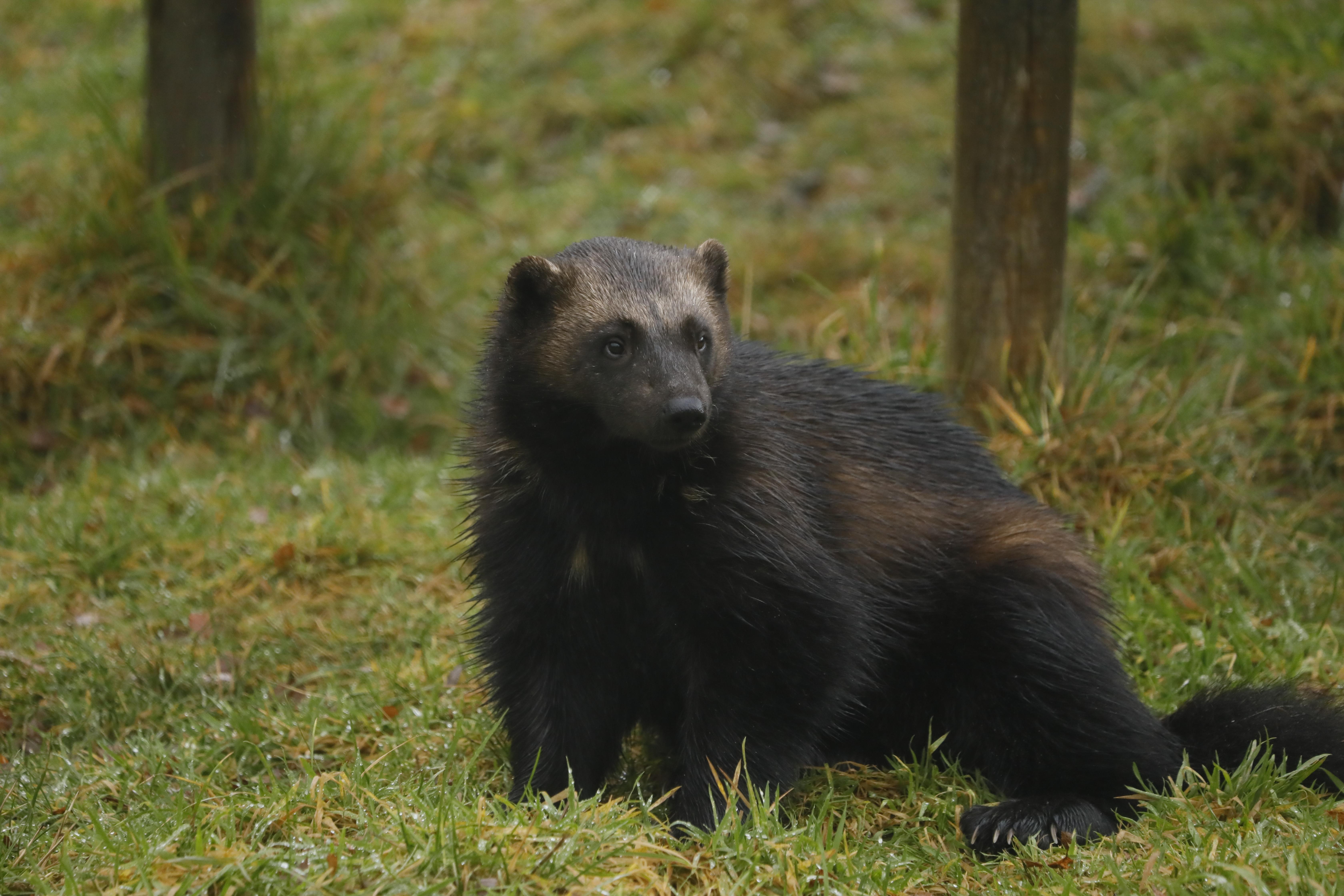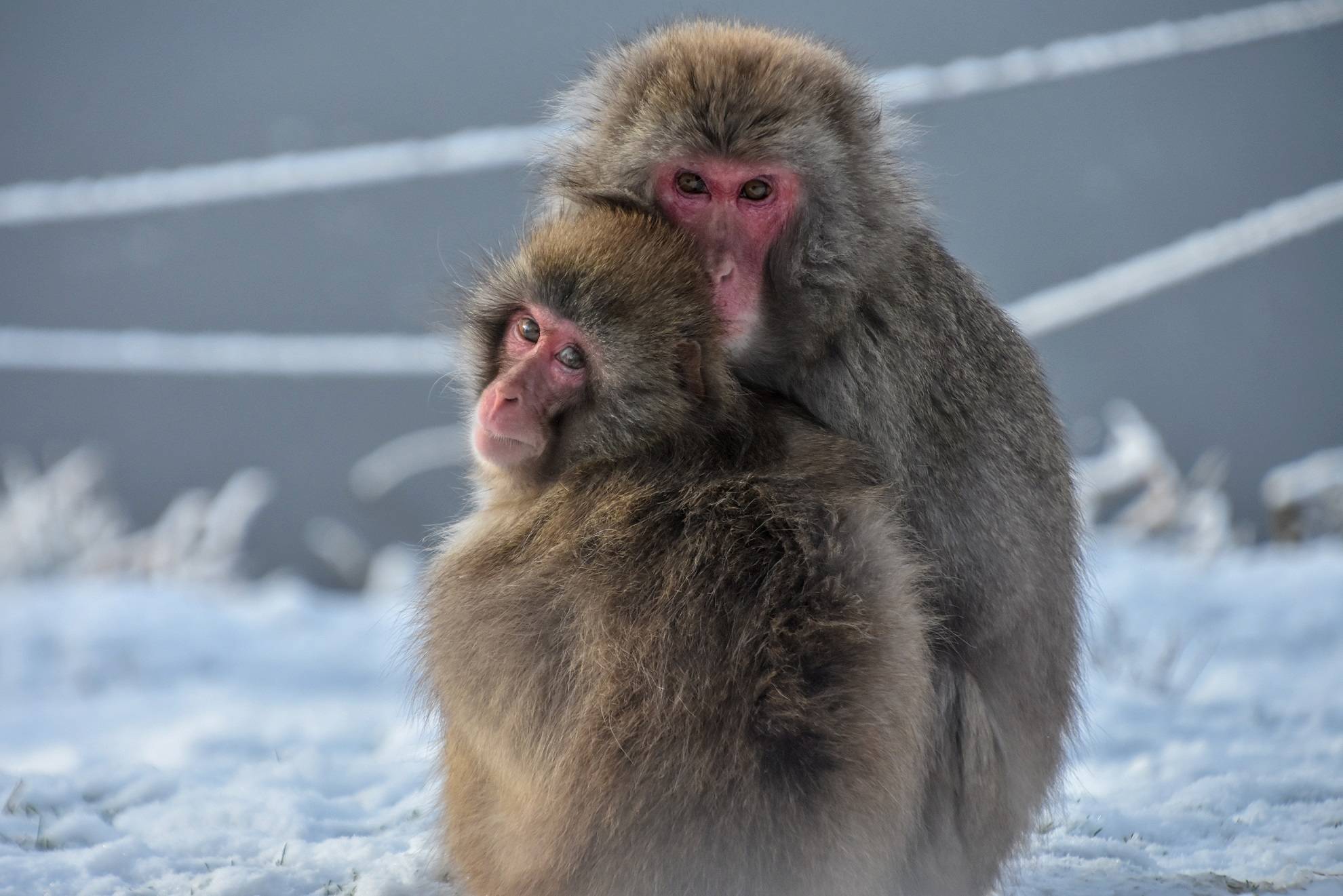Wolverine
Gulo gulo gulo
![Wolverine sitting in the grass looking at camera [eye contact] IMAGE: Amy Middleton 2023](https://images.rzss.org.uk/media/Highland_Wildlife_Park/HWP_animals/Wolverine/wolverine_3.jpg)
There are three wolverines here at Highland Wildlife Park. There are two females, Tina and Astrid, and male Trotyl, who joined us in 2023.
Wolverines are well known for being robust, powerful and tenacious. They are capable of taking down prey far larger than themselves and driving off bears and wolves. They also have incredible endurance, often covering 40 miles a day in search of food.
The species is threatened in the wild mainly by conflict with humans. Many are killed through hunting and trapping because they prey on domesticated livestock.
Population
Decreasing
Diet
Omnivore
Habitat
Forest
Fact file
They are known for their big appetite, and their Latin name, gulo gulo gulo, literally translates to 'glutton'!
They have incredibly powerful jaws and strong neck muscles that allow them to crush frozen meat and bone, making them highly effective scavengers
Wolverines are the largest member of the 'mustelidae' family, which also includes weasels, stoats, badgers and otters

How we're helping
Like all the animals in our care, our wolverines are amazing ambassadors for their relatives in the wild and help hundreds of thousands of people connect with nature every year. They encourage visitors to learn about the threats facing wildlife and the action they can take to help create a world where nature is protected, valued, and loved.
As a wildlife conservation charity, we care for the animals here at the park and work to protect species at risk around the world. From providing expertise in genetics and veterinary health to protecting wild places with local conservation partners, and even restoring threatened species to the wild, we are active where we are needed most.
Find out more about RZSS conservation
